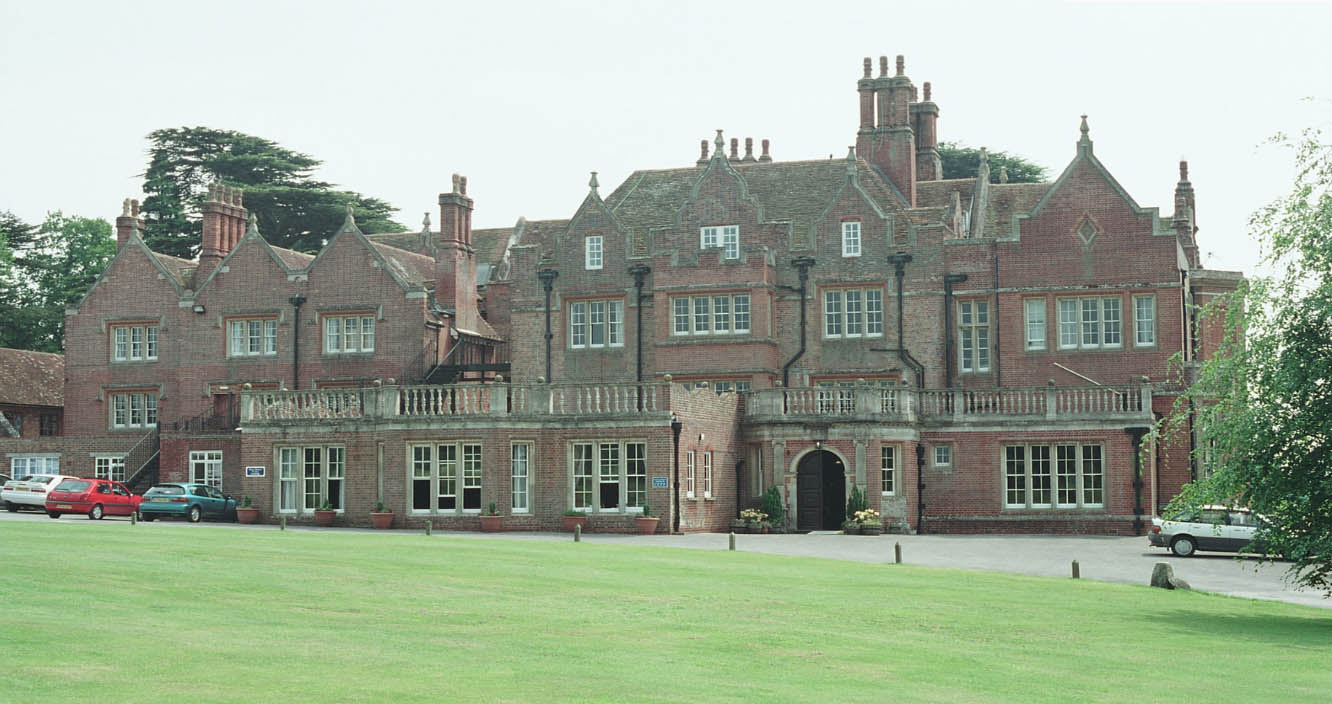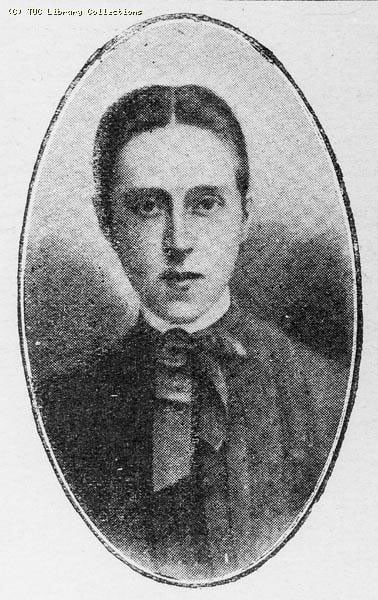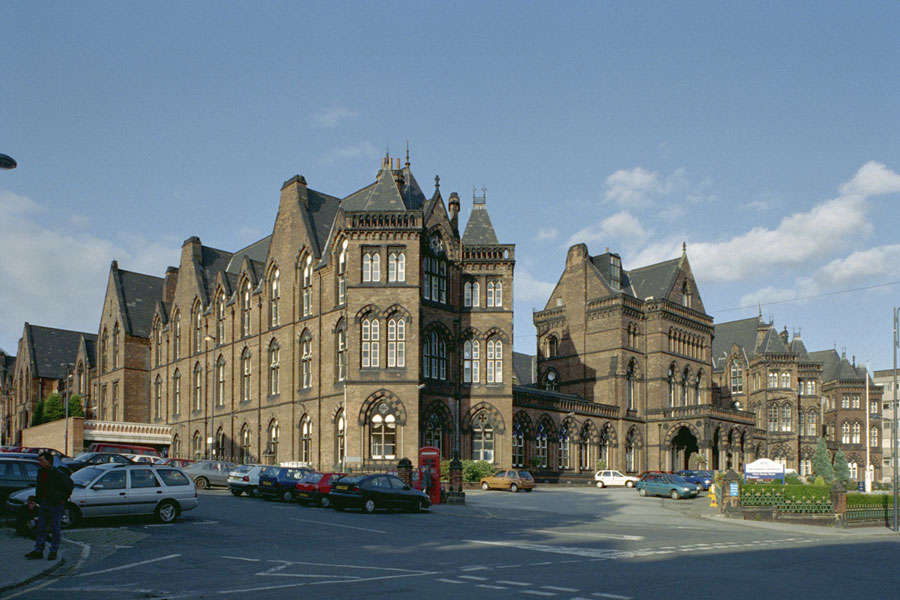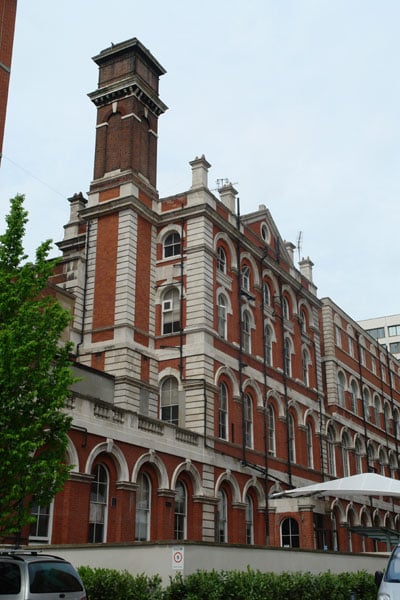Research fills in the gaps left by previous generations' recording of history revealing a host of fascinating and inspirational stories.
Wollstonecraft, Nightingale and Women's Rights
In the late 19th and early 20th centuries women began to take control of their own freedoms and rights. A number of buildings influenced women like Mary Wollstonecraft and Florence Nightingale, but more structures were built because of them.
In 1784, Mary Wollstonecraft (1759 to 1797) decided to escape an abusive father and earn a living by establishing her own school at Newington Green.
The early 18th century Unitarian Chapel, 39 Newington Green, London N16, which Mary attended during this time, provided a focus for non-Conformist activity in the area with its radical intellectual group.
The refuge, support and stimulation she found at the Chapel through her involvement with this group helped her to develop as a writer.
Her remarkable 'A Vindication of the Rights of Woman' (1792) marked her out as the 'Mother of Feminism'.
By the mid-19th century, middle- and upper-class women united to campaign for married women's rights, improved secondary education, access to higher education, training and employment opportunities, admission to the professions, and votes for women.
Marriage and motherhood were a middle- and upper-class woman's career. Their role as the 'Angel of the House' demonstrated a father or husband's wealth and influence. One example was Embley Park, Hampshire, the estate of Florence Nightingale's (1820 to 1910) family.
While many working-class women would have envied her life, she wrote in 'Cassandra' in 1852 that suicide was preferable to her 'imprisonment' there as a dutiful daughter. Like many women of her class, she wanted to contribute to society.
The opening of the Nightingale Training School at St Thomas' Hospital, London SE1, in 1860, and the hospitals Nightingale helped to plan both significantly contributed to the professionalisation of nursing.
The hospitals she took part in setting up included the Royal Buckinghamshire Hospital, Aylesbury, Farnham Road, Guildford, and Leeds General Infirmary, Great George Street, Leeds.
Many memorials to Nightingale, including those at Waterloo Place, London SW1, Princes Road, Liverpool, and London Road, Derby demonstrate her success. Interestingly, the 1914 Derby statue was sculpted by Countess Feodora Gleichen who was posthumously made the first woman member of the Royal Society of British Sculptors in 1922.
Visible in Stone: Women's Rights
Please click on the gallery images to enlarge.








